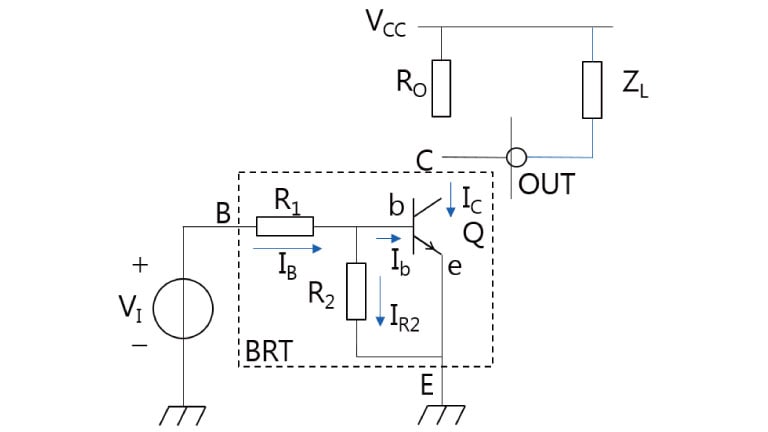- General Top
- SEMICONDUCTOR
- STORAGE
- COMPANY
-
My ToshibaSemicon
- Semiconductor Top
-
ApplicationsAutomotive
Body Electronics
xEV
In-Vehicle Infotainment
Advanced Driver-Assistance Systems (ADAS)
Chassis
IndustrialInfrastructure
BEMS/HEMS
Factory Automation
Commercial Equipment
Consumer/PersonalIoT Equipment
Healthcare
Wearable Device
Mobile
Computer Peripherals
-
ProductsAutomotive Devices
Discrete Semiconductor
Diodes
Transistors
Logic ICs
Analog Devices
Digital Devices
Wireless Devices
※
: Products list (parametric search)
Power SemiconductorsSiC Power Devices
※
: Products list (parametric search)
Isolators/Solid State RelaysPhotocouplers
Digital Isolators
Solid State Relays
Fiber Optic Transmitting Modules
※
: Products list (parametric search)
MOSFETsIGBTs/IEGTsBipolar Transistors※
: Products list (parametric search)
Diodes※
: Products list (parametric search)
MicrocontrollersMotor Driver ICsIntelligent Power ICs※
: Products list (parametric search)
Power Management ICsLinear ICs※
: Products list (parametric search)
General Purpose Logic ICsLinear Image SensorsOther Product ICsOther Product ICs
※
: Products list (parametric search)
-
Design & Development
Design & Development
Innovation Centre
At the Toshiba Innovation Centre we constantly strive to inspire you with our technologies and solutions. Discover how to place us at the heart of your innovations.
-
Knowledge
Knowledge
Highlighted Topics
Further Materials
Other
- Where To Buy
- Part Number & Keyword Search
- Cross Reference Search
- Parametric Search
- Stock Check & Purchase
This webpage doesn't work with Internet Explorer. Please use the latest version of Google Chrome, Microsoft Edge, Mozilla Firefox or Safari.
require 3 characters or more. Search for multiple part numbers fromhere.
The information presented in this cross reference is based on TOSHIBA's selection criteria and should be treated as a suggestion only. Please carefully review the latest versions of all relevant information on the TOSHIBA products, including without limitation data sheets and validate all operating parameters of the TOSHIBA products to ensure that the suggested TOSHIBA products are truly compatible with your design and application.Please note that this cross reference is based on TOSHIBA's estimate of compatibility with other manufacturers' products, based on other manufacturers' published data, at the time the data was collected.TOSHIBA is not responsible for any incorrect or incomplete information. Information is subject to change at any time without notice.
require 3 characters or more.
If the VCE(sat) of a bias resistor built-in transistor (BRT) does not drop to the design target because of a heavy load, what can I do?

Figure 1 shows a simple BRT circuit. RO is a pull-up resistor for the BRT, and ZL is the load impedance. For the sake of simplicity, ZL is considered an impedance (resistance) expressed as a real number.
In this case, while Q is on, the collector-emitter voltage must satisfy the low-level voltage requirement for the following circuit.
First, let’s consider a circuit without ZL.
Without ZL, the collector-emitter saturation voltage (VCE(sat)) of the internal transistor (Q) is expressed as a function of the collector current (IC):
VCE(sat) ≈ RO * IC
When ZL is connected to the BRT, the combined impedance seen from the collector of the BRT is:
Z = RO // ZL = RO * ZL / ( RO + ZL )
The collector-emitter voltage (VCE) due to this combined impedance is expressed as follows:
VCE = Z * IC
VCE must satisfy the low-level voltage requirement of the following circuit. Otherwise, it is necessary to increase the collector current by increasing the base current (Ib) of the internal transistor.
Ib can be increased in the following ways:
1. Increase the input voltage (VI).
2. Replace the BRT with the one having a smaller R1 value.
3. Replace the BRT with the one having a larger R2 value.

